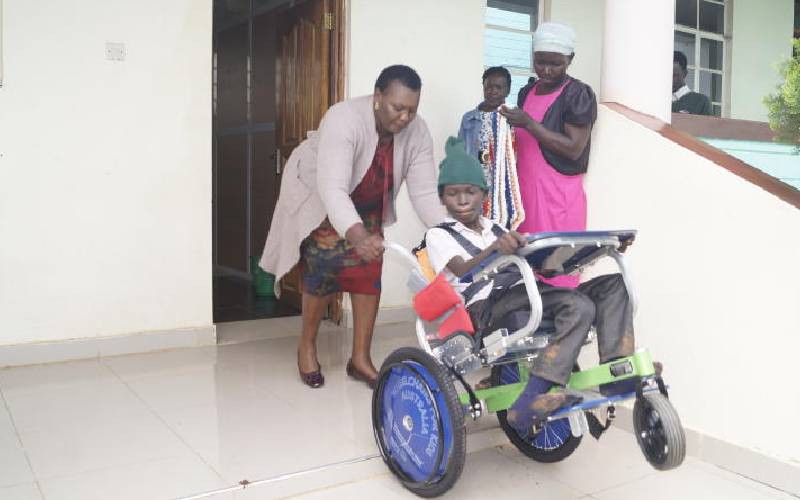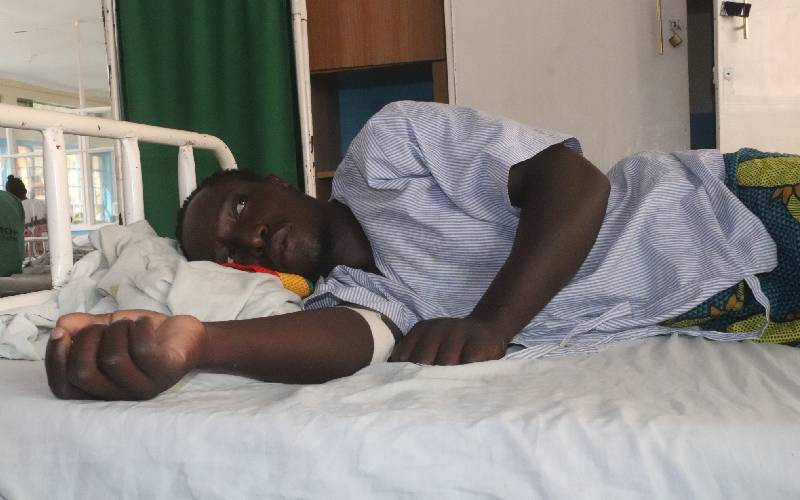US Issues Urgent Travel Advisory Updates for Brazil, India, Mexico, Bolivia, Colombia, and Other Countries, Exposing Critical Crime Risks, Border Dangers, and Regional Hazards - Travel And Tour World
Sunday, June 22, 2025

The U.S. government has issued urgent travel advisory updates for Brazil, India, Mexico, Bolivia, Colombia, and several other countries, highlighting growing safety concerns for American travelers. These updates emphasize critical crime risks, including violent incidents such as robberies, carjackings, and kidnappings, particularly in high-crime urban areas and impoverished neighborhoods. Additionally, the advisories point out dangerous border regions, marked by escalating criminal activities and geopolitical tensions. Travelers are advised to exercise increased caution in these regions, as local instability, including organized crime and unsafe conditions, presents significant threats. The advisories aim to ensure the safety of U.S. citizens abroad by providing crucial information on areas with heightened risks.
The U.S. government has updated its travel advisories for several countries as part of its ongoing effort to provide safety guidance for American citizens. The advisories follow a four-tier system, ranging from “exercise normal precautions” (the lowest risk) to “do not travel” (the highest risk). Countries with low risks like Switzerland and Canada are categorized under the lowest advisory level, while others, such as regions affected by conflict or high crime, fall into higher caution levels.
Certain nations, while generally considered safe, contain specific regions where caution is advised due to local conditions. For instance, some border areas in India near Pakistan and Mexican states grappling with drug trafficking are classified under the highest advisory due to ongoing violence and instability in these regions.
Brazil, a major tourist destination in South America, has also seen changes in its U.S. travel advisory. Historically, Brazil has been rated under the “exercise increased caution” category, primarily due to elevated crime rates in urban centers and poor neighborhoods known as favelas. However, the updated advisory now provides more detailed information regarding crime and safety risks across the country, particularly in certain cities and regions.
In major Brazilian cities, violent crimes such as armed robberies, carjackings, and kidnappings are a significant concern. Criminal activities often involve organized gangs linked to the illegal drug trade, with areas like Rio de Janeiro reporting increased incidents of assault. Tourists, particularly those unfamiliar with local conditions, are often vulnerable to various forms of attack, including incidents where sedatives or drugs are slipped into drinks. These crimes are not limited to night hours and can occur during the day as well.
The advisory further emphasizes that several satellite cities surrounding Brasilia—such as Ceilandia, Santa Maria, São Sebastião, and Paranoa—experience high levels of organized crime. Travelers are also advised to avoid Brazil’s border areas, including regions near neighboring countries like Bolivia, Colombia, and Venezuela. Those in government positions must obtain prior authorization to travel within 100 miles of these borders. For tourists traveling independently, caution is advised, as these border areas have a high concentration of criminal activity.
Despite these risks, many popular tourist destinations remain safe. Foz do Iguaçu, home to the famous Iguaçu Falls, and the Pantanal National Park, a UNESCO World Heritage site, continue to be secure and welcoming to visitors. However, the U.S. State Department stresses that tourists should exercise extreme caution when visiting informal housing developments, especially favelas, even on guided tours. These areas are often controlled by gangs and marked by poverty, making them unsafe for visitors.
Brazil, despite its ongoing challenges, remains one of the most visited countries in the world. In 2024, the country is expected to welcome millions of international tourists, especially during high-traffic seasons like Carnival. Cities like Rio de Janeiro, São Paulo, and Salvador draw large crowds, with visitors enjoying Brazil’s rich culture, vibrant festivals, and stunning landscapes.
The U.S. has issued urgent travel advisory updates for Brazil, India, Mexico, Bolivia, Colombia, and other countries, highlighting critical crime risks, dangerous border areas, and regional hazards that pose significant threats to American travelers.
However, the stark contrast between wealthy neighborhoods and impoverished areas under gang control creates an environment where travelers must remain vigilant. While many parts of the country offer safe and enjoyable experiences, others pose significant risks, making it essential for tourists to stay informed and follow the U.S. government’s travel guidance.











